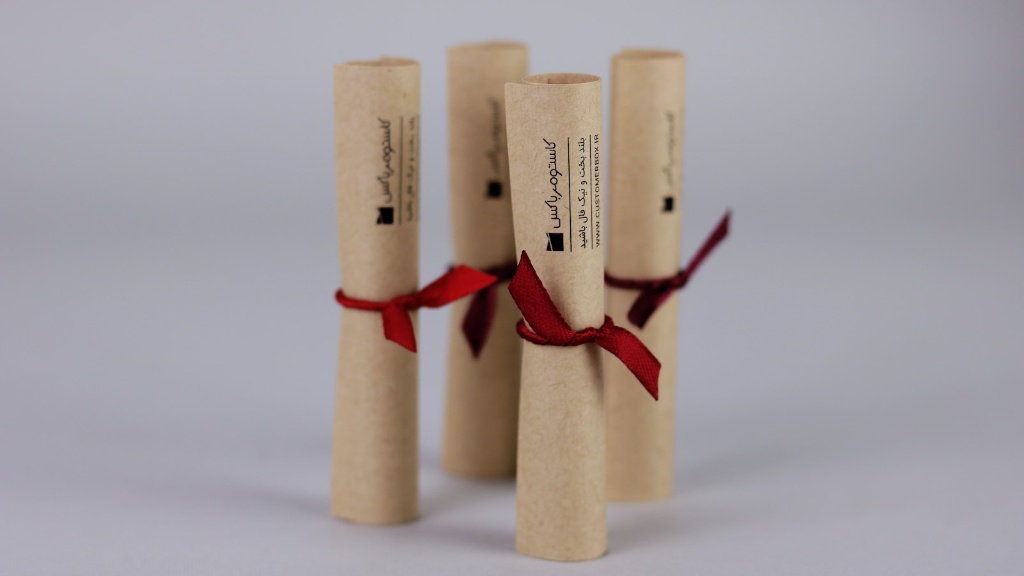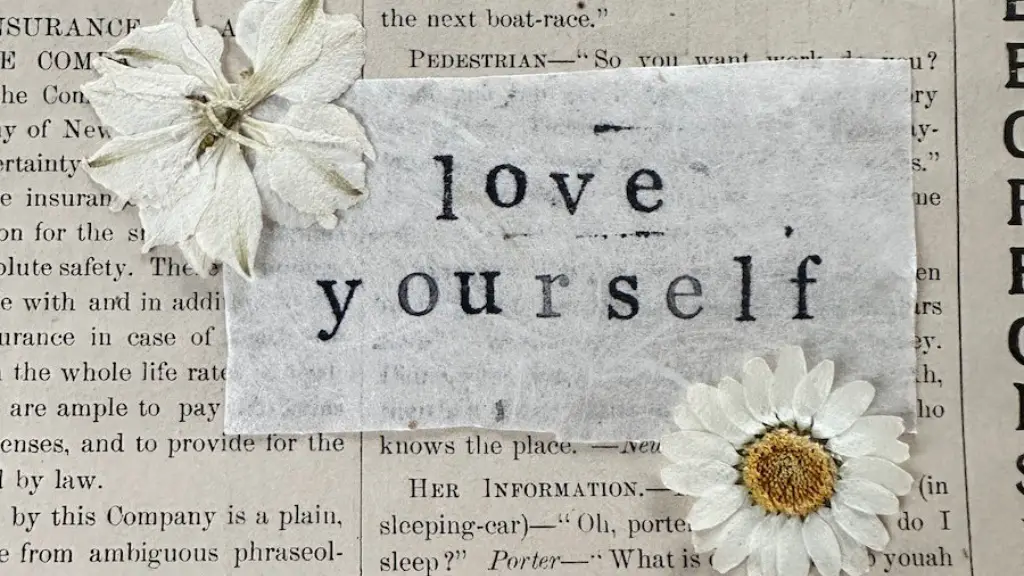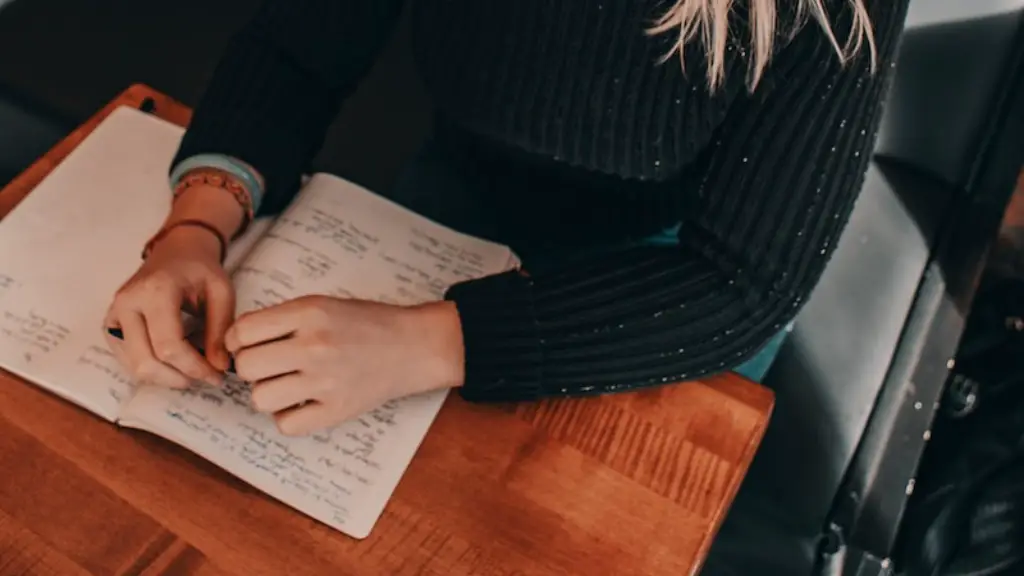Background
Graphical elements are the visual elements used to construct poetry. These elements include images, shapes, colours, lines, and typography. They may consist of elements both inside and outside of a poem, and serve to create structure, atmosphere, and emotion. Graphical elements in poetry can also be used to highlight and/or contrast certain lines. Furthermore, these elements are used to guide the reader’s interpretation of the poem, while also drawing attention to key characters, symbols, and themes.
Graphical elements have been used in poetry for centuries, often to convey certain feelings or concepts in a way that could not be achieved with words alone. John Keats’s ‘Ode to a Nightingale’ is filled with intense visual imagery, whereas Wordsworth’s ‘Lines Written in Early Spring’ has multiple graphical elements to express a feeling of peace. Similarly, the graphical elements of William Blake’s ‘London’ successfully express a sense of bleak and oppressive despair.
Purpose
The purpose of graphical elements in poetry is to enhance the meaning or message of a poem. By using graphical elements, the author is able to show the reader a different perspective that may not be found in words alone. Moreover, graphical elements can give an emotional force to a poem, conveying the thoughts and feelings of the author in an effortless way.
Furthermore, graphical elements can add emphasis to words, allow the reader to visualize the topic, and guide the reader’s interpretation. This can be seen in Allen Ginsberg’s poem “Howl”, as the graphic elements draw attention to the grotesque, while at the same time allowing the reader to take in the poem’s message.
Types of Graphical Elements
Graphical elements in poetry can be divided into three main categories: shapes, colours, and typography.
Shapes are the most common type of graphical element used in poetry. Shapes can be used to represent symbols, characters, and feelings. For example, a circle can represent life or eternity, while a triangle can represent power. Colours are also used in poetry to create atmosphere or meaning. Colours can be used to emphasise words or a particular theme, and also to convey moods and feelings. For example, black can symbolise death, while pink can symbolise joy.
Finally, typography is when the author chooses how to display words, for example by making them bold, italic, or larger. A common example of this is using italics for words spoken by a character.
Techniques and Examples of Graphical Elements
There are certain techniques authors use while incorporating graphical elements into their poetry. These techniques include visual rhyme, visual rhythm, and visual metaphor.
Visual rhyme is when a poet pairs similar images, words, or symbols. It is often used to emphasise certain elements or to create a sense of repetition. For example, Wallace Stevens’s ‘Thirteen Ways of Looking at a Blackbird’ has two visual rhymes: the blackbird, and the colour black.
Visual rhythm is when the author uses musical technique or metre to emphasise various words or symbols. This technique is used to create a flow, allowing the reader to read the poem more smoothly and easily. Wordsworth’s poem ‘Daffodils’ is a great example of visual rhythm, as he uses repetition in the lines ‘They flash upon that inward eye/ Which is the bliss of solitude.’
Visual metaphor is when the author uses a physical object to convey a certain feeling or concept. It is a powerful tool, as it allows the author to express certain feelings or situations in a vivid and concise way. For example, in Alfred Tennyson’s ‘In Memoriam’, the graphical element of a broken ring serves as a visual metaphor for a broken relationship.
Combining Graphical Elements
In order to create a cohesive graphical poem, authors often combine multiple graphical elements. By combining shapes, colours, and typography, authors can create a complete visual journey. For instance, T.S. Eliot’s ‘The Love Song of J. Alfred Prufrock’ combines all three elements to create a vivid and complete image of a man in a state of social isolation.
Moreover, authors can create a larger impact by using a combination of graphical elements. For example, Yusef Komunyakaa’s poem ‘Hands Up’ is filled with both graphical and non-graphical elements. The graphical elements of police-lights and concrete blocks successfully represent the feelings of danger and oppression, while the non-graphical elements of narrative and dialogue create a powerful and tense atmosphere.
Hybridised Graphical Elements
In recent years, authors have begun to blend and combine graphical elements, creating hybridised creations. These are combinations of graphical elements, often involving colour and typography, that are used to create unique and powerful visuals.
One example of a hybridised graphical element is the ‘constrastive image’, where a colour is used to emphasise certain words or images. For example, in Leonard Cohen’s ‘So Long, Marianne’ the line ‘I saw you standing on the other side’ is presented in a contrasting colour, thus emphasising how Marianne has moved on and is no longer part of Cohen’s life.
Similarly, authors have been using a technique called ‘typo-graphy’, which is the process of combining type and imagery to create powerful visuals. For example, in Michael Ondaatje’s ‘The Cinnamon Peeler’, the use of font and colour creates a visual experience of a dark and oppressive tone.
Digital Graphical Elements in Poetry
With the advent of technology, digital graphical elements are becoming increasingly popular in poetry. These digital graphical elements can range from simple photographs to more complex animations and non-traditional media.
Digital graphical elements allow authors to explore new ways of communicating their ideas and feelings. For example, in Anne Sexton’s ‘The Ring’, graphical elements such as photographs, drawings, and typefaces are used to convey the feeling of fear, loss, and emptiness. Similarly, John Luther Adams’s ‘Forgetting’ uses a combination of sound, textiles, and animation to create a powerful and emotive experience.
Implications of Graphical Elements in Poetry
With the increasing use of graphical elements in poetry, authors now have to consider how these elements can be used to express their message. There are many implications to consider, such as how the graphical elements can be used to convey complex ideas and feelings, what types of graphical elements to use in order to evoke emotion, and how to incorporate graphical elements in a way that is aesthetically pleasing.
Moreover, authors must also consider the audience they are writing for, as certain graphical elements may be difficult to understand for certain readers. Furthermore, some authors may also consider the potential implications of certain graphical elements, such as whether they are racially or culturally insensitive.
Finally, authors must also consider the implications of including digital graphical elements in their poetry. Digital graphical elements can have a very powerful impact and should be used responsibly.
Conclusion
In conclusion, graphical elements are an important and powerful tool for authors. By incorporating shapes, colours, and typography, authors can create visuals that can evoke emotions or create atmosphere. Moreover, graphical elements can be used to guide the reader in their interpretation of the poem and highlight key symbols or themes. Furthermore, authors can also use digital graphical elements to create unique and powerful visuals.
However, authors must also consider the implications of using graphical elements, such as their potential to be culturally insensitive or difficult to understand for certain readers. Finally, authors must consider how to responsibly incorporate these elements into their work.


